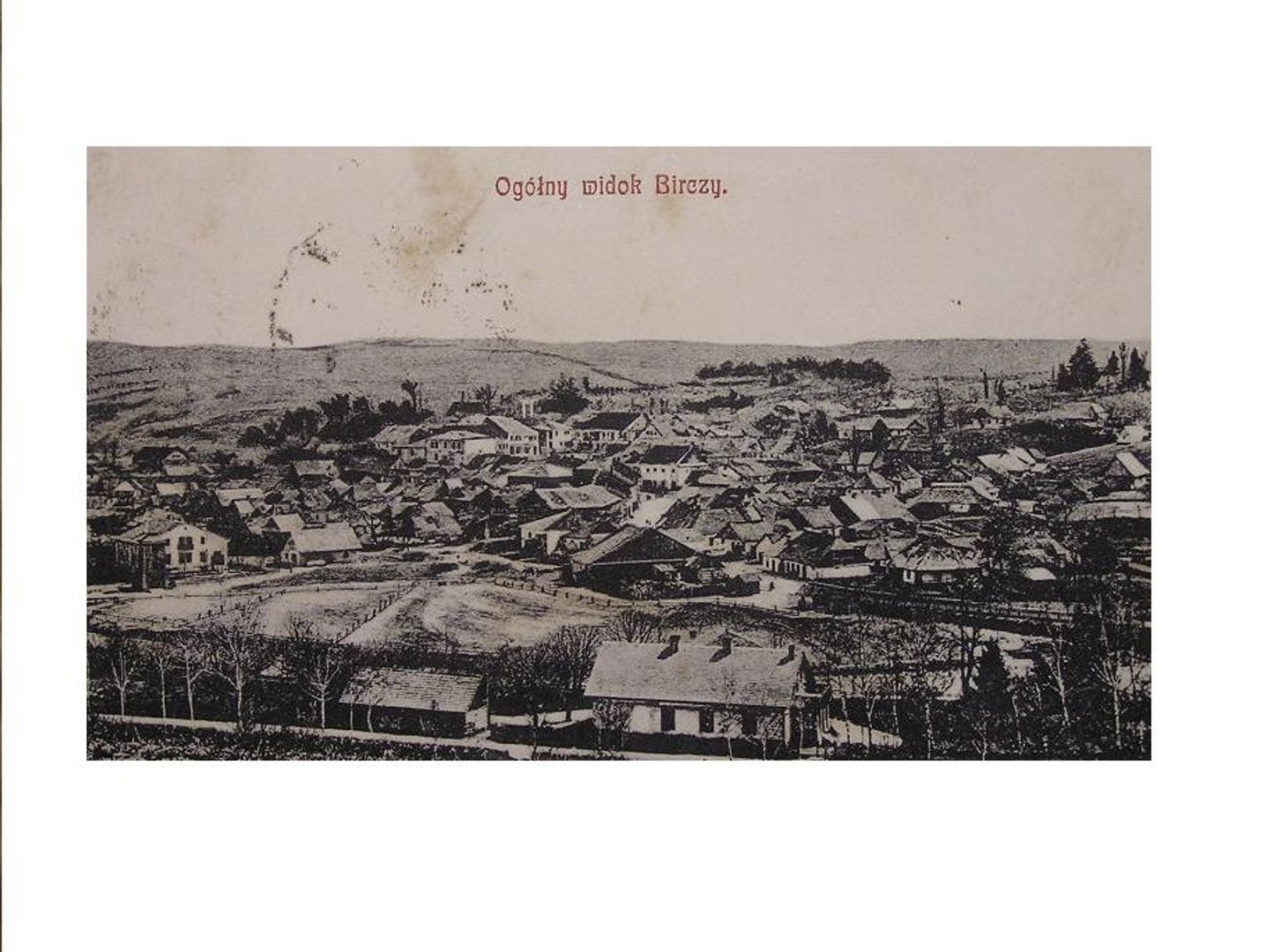Bircza
6.88

Overview
Bircza is a town in Poland, located in the Podkarpackie Voivodeship, within the Przemyśl County, with a rich and complex history dating back to 1464, when it was granted town rights. It is situated in the Przemyśl Foothills, on the Stupnica River. The first mention of the settlement comes from 1188. Bircza was a private noble town and over the centuries found itself under various partitions, which significantly influenced its development and social structure. The town was inhabited by Poles, Ruthenians, and Jews, who constituted a significant part of the community. Bircza features many historical buildings, including the neo-Romanesque Church of St. Stanislaus Kostka from 1923 and the rectory from 1926. An interesting fact is the Jewish cemetery, located next to the communal cemetery, with the oldest inscription dating back to 1808. Regular markets and fairs were held in Bircza, contributing to the development of trade, especially in food and industrial goods. In the 20th century, the town experienced difficult times, including the German occupation, when a ghetto was established for the Jewish population. After the war, Bircza changed its status several times and was a village until 2024, when it regained its town rights at the beginning of the year. Modern Bircza is also a place of sports activity, home to the sports club BKS Leśnik Bircza and the Volunteer Fire Department, which has been operating since 1884. In the nearby Przemyśl Foothills Landscape Park, numerous hiking trails can be found, enhancing the town's appeal in terms of tourism. Bircza is also known for its local cultural traditions and multiculturalism, reflected in its historical districts, including Polish, Ruthenian, and Jewish quarters. Among the notable people associated with Bircza are the painter Jan Baraś-Komski and the Metropolitan of Kyiv, Job Boretsky. In recognition of the heroic attitude of its inhabitants in the fight for freedom, the town was awarded the Order of the Grunwald Cross, 3rd Class. Bircza, a place with a rich history and diverse culture, connects the past with the present, making it an interesting destination to explore.
Location
2025 Wizytor | All Rights Reserved